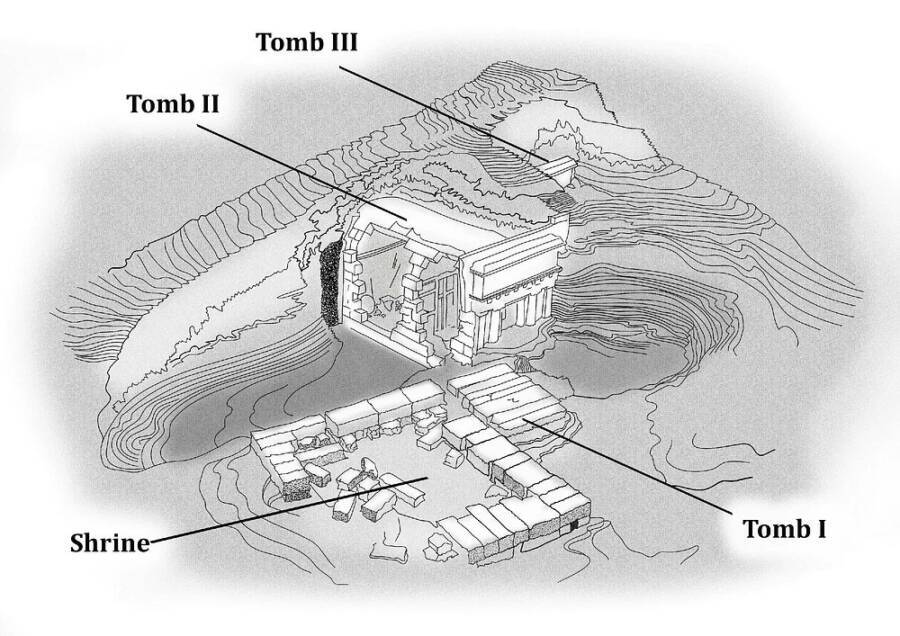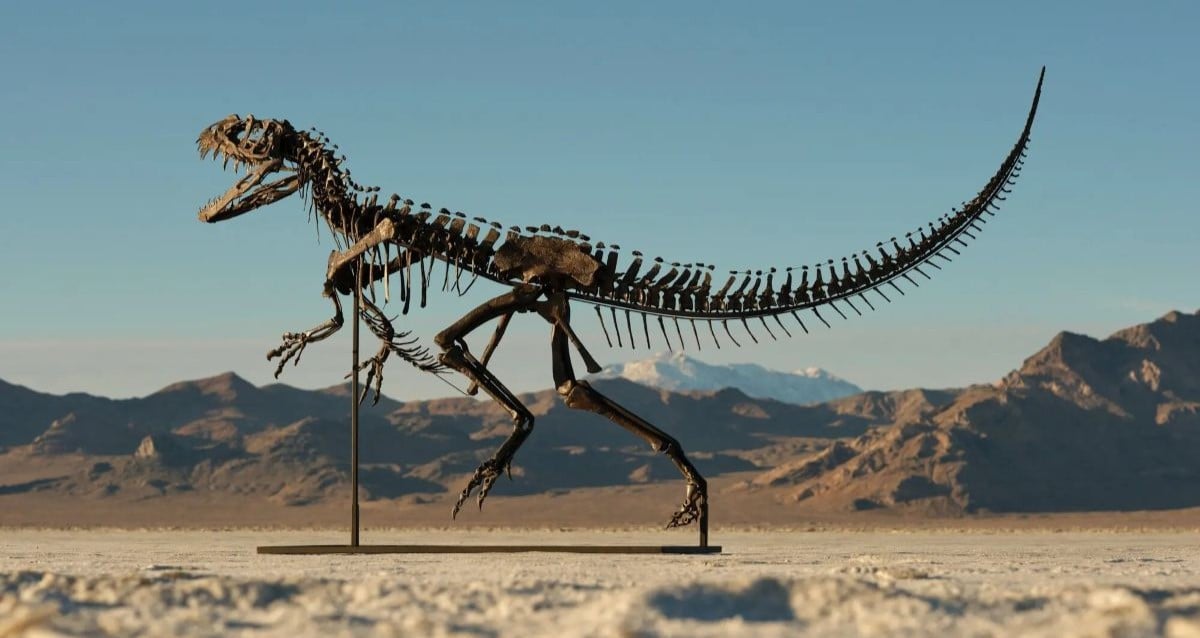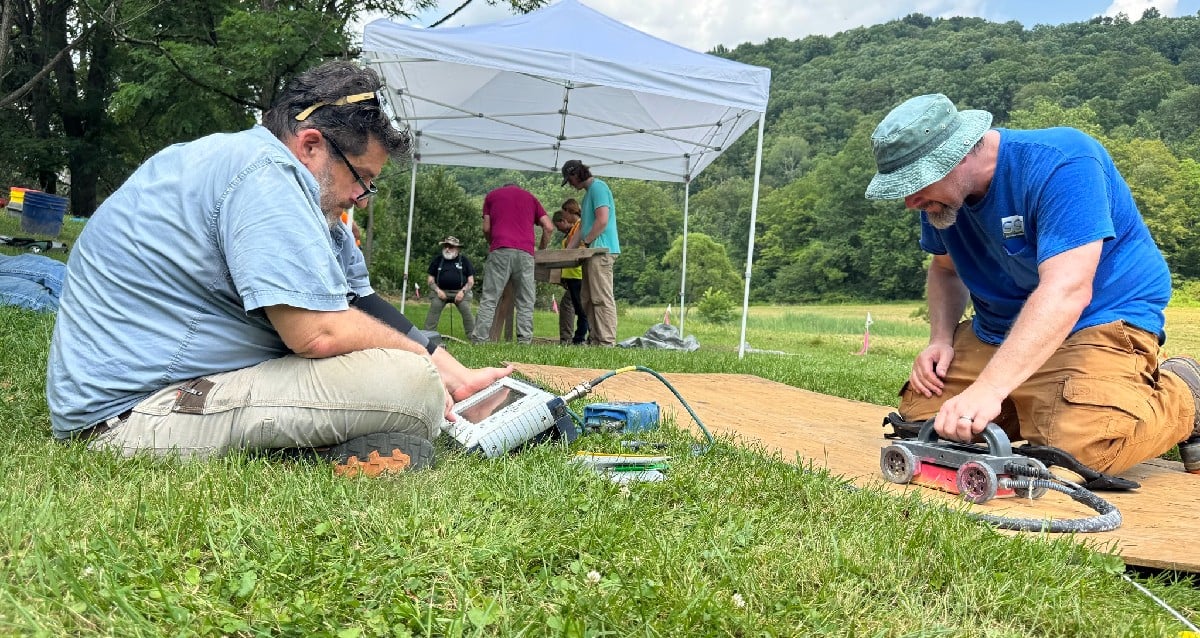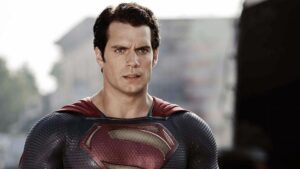Mystery Deepens: Ancient Greek Tomb Linked to Alexander the Great’s Father Reveals Unexpected Family Secret
“[D]ating indicates that Tomb I was partly visible during the Roman period… so it may be hypothesised… that grieving parents of dead newborns from the Roman period recognized this place as a ready-to-use deep grave for disposing their dead,” the researchers explained in their study. “Disposing of dead infants in an underground void… or in an old tomb, was not an uncommon practice in antiquity, especially in the Roman period.”
Thus, this new study presents more questions than answers. Who are the pair buried in Vergina’s Tomb I? And where is King Philip II’s tomb?
Remaining Questions About The Great Tumulus Tombs In Vergina

David GrantThe layout of the various tombs in Vergina, Greece.
By studying skeletal and dental remains, the researchers were able to learn several things about the pair buried in Tomb I at Vergina. The man seemingly spent his childhood away from the Macedonian capital of Pella (which succeeded Aegae as the seat of power), whereas the woman seemingly spent her childhood in the Pella area. Though their identities remain a mystery, their tomb is opulent, which suggests that they were Macedonian royals.
“The male occupant was most likely an important Macedonian royal of the Argead/Temenid house who died in the period 388 to 356 B.C.E.,” the researchers wrote in their study, “and was probably honored or worshipped in the shrine above and entombed likely together with a female.”
But if they’re the ones who are buried in Tomb I, then were was Philip II buried?
For the moment, the answer remains unknown. Some researchers have suggested that Philip II was buried in Vergina’s Tomb II (where a royal tunic perhaps belonging to Alexander the Great was found in 2024), but the 2024 study refuted that claim. At that time, researchers pointed to the fact that the male skeleton in Tomb II lacked an eye injury (which Philip famously obtained when he was hit by an arrow during the siege of Methone in 354 B.C.E.).













